If you’re traveling through South Dakota, chances are Mount Rushmore is already on your list – that monumental image of American presidents carved into stone, framed by the pine forests of the Black Hills. But ask the locals, and you’ll hear a different story: that it’s a landmark tourists have, in many ways, ruined for everyone.
This is a place that inspires awe and argument in equal measure, where patriotism meets protest and quiet is hard to find. Here’s how to visit with open eyes – and a lighter footprint.
If You Go… Go Differently

Travel with intention and the experience shifts. Arrive at sunrise or in shoulder seasons when birdsong outnumbers bus brakes. Read up on Lakota history before you stand beneath the faces; carry that context like a second map.
Skip the throwaway souvenirs and spend with year-round businesses in Hill City, Keystone, or Rapid City. Pack out your litter, keep voices soft on the trail, and let wildlife own the right-of-way. Use your visit as a hub for deeper exploration, not a finish line.
You’ll still get your photo, but you’ll also earn a memory that feels rooted, not rushed. That’s how you turn impact into respect – one mindful choice at a time.
The Road to Rushmore: When the Journey Feels Bigger Than the Destination
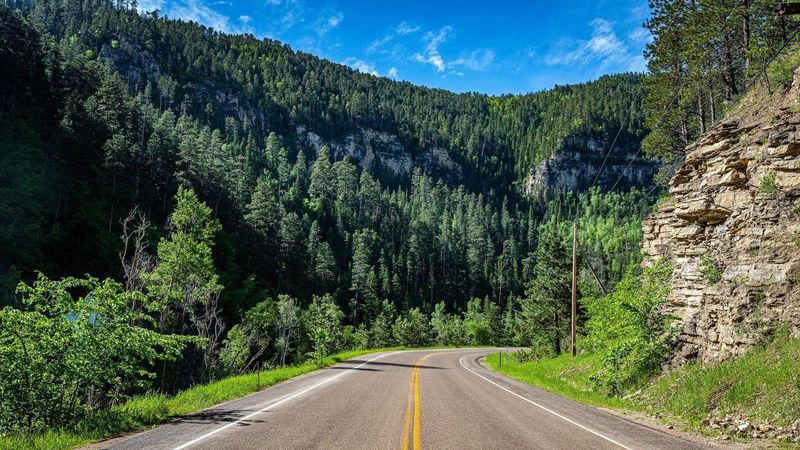
The approach to Mount Rushmore is cinematic: switchbacks through the Black Hills, granite needles flashing between the pines, and anticipation stacking with each overlook. The road feels like an unfolding promise, a frontier postcard come alive.
Then you arrive, and the scale recalibrates – the presidents seem smaller, set back against cliff and sky, almost swallowed by stone and distance. The moment can collapse under bus idling, parking funnels, and a hundred arms extended for a perfect frame. You’ll feel the push-pull: the immensity of the idea versus the logistics of arrival.
Locals say the drive is the part worth savoring – windows down, pine on the air, rock faces catching late light – because the journey, not the turnout, is where the Black Hills still breathe.
Overtourism and the Crowds That Never End
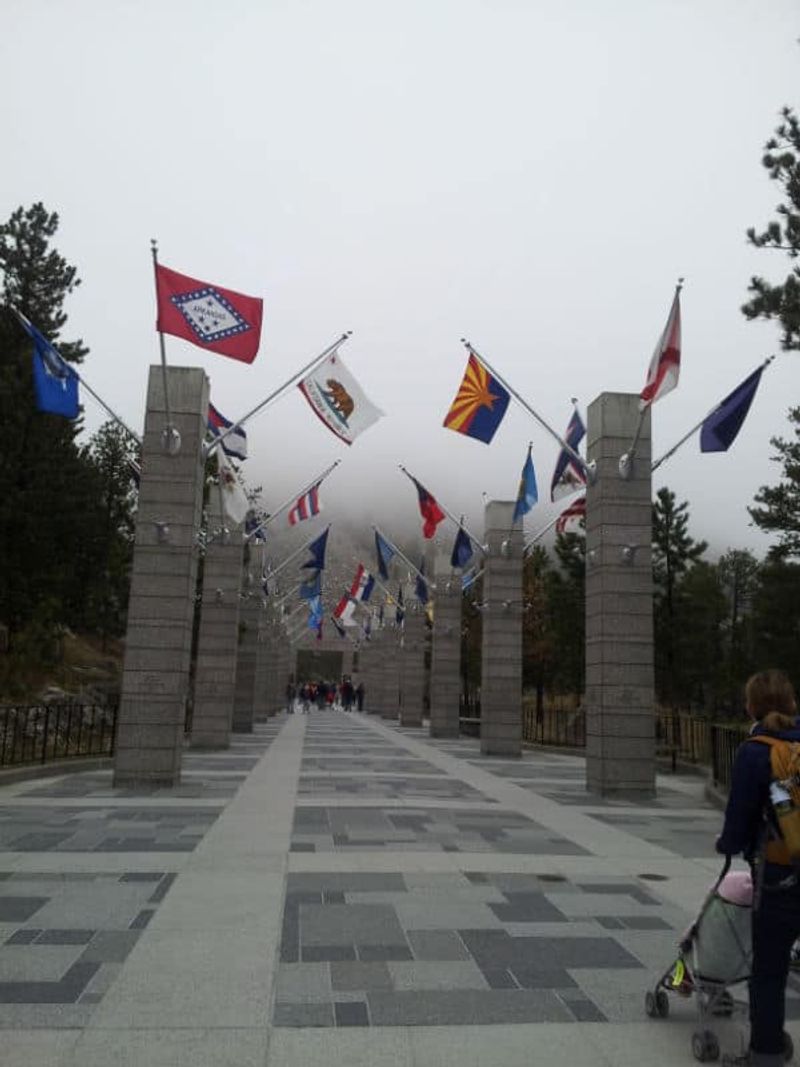
In summer, the tempo never drops. You’ll join a human river along the Avenue of Flags, funnel into overlooks, and queue for tunnels of shade beneath concession awnings. Locals talk about the noise that settles like weather: bus brakes sighing, audio guides chirping, a chorus of “Can you take our photo?”
The memorial’s promise of reflection competes with schedules, class trips, and that clockwork need to document everything. Traffic stacks along Highway 16A, a procession of RVs and rental SUVs. For residents, errands become strategy; for wildlife, retreat becomes habit.
You may still find a quiet corner along the Presidential Trail, but you’ll share it. The crowds aren’t malicious – only relentless. It’s the paradox of success: a place beloved into bustle, where solitude is the rarest souvenir.
Commercialization of the Black Hills
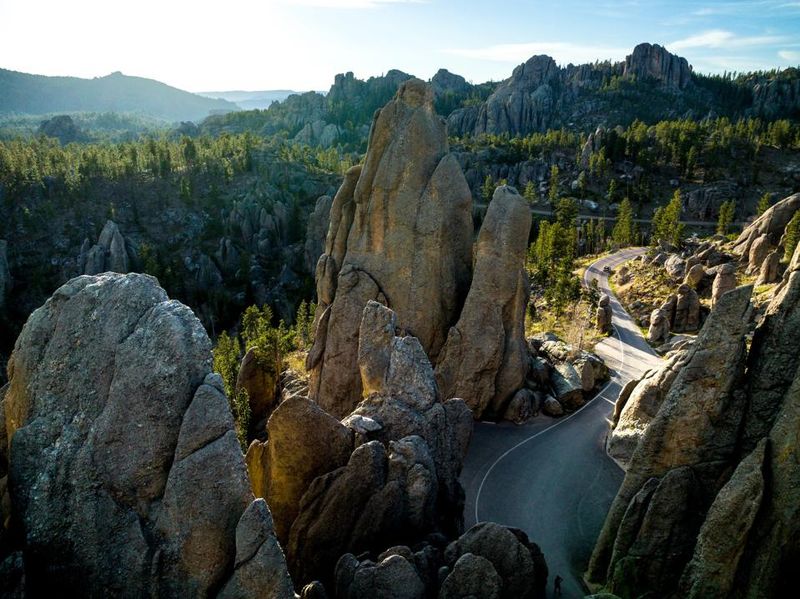
Drive a mile in any direction and the Black Hills turn from cathedral to carnival. The region’s storefronts shout in neon: T-shirts, gem panning, old-time photos, animatronic reptiles, and milkshakes tall as pine saplings. To travelers, it’s a festive sprawl of options before or after the monument.
To locals, it can feel like sacred land repackaged as a weekend arcade – fast food edging out quiet diners, parking lots replacing meadows where deer grazed at dusk. Attractions like Wall Drug and Reptile Gardens have their charm, but they also signal how the Hills are constantly staged for us, the visitors.
If you go, choose thoughtfully. Spend with businesses that steward the landscape, not strip it for spectacle. The best souvenir is leaving the forest sounding like itself.
The Sacred Land Beneath the Faces
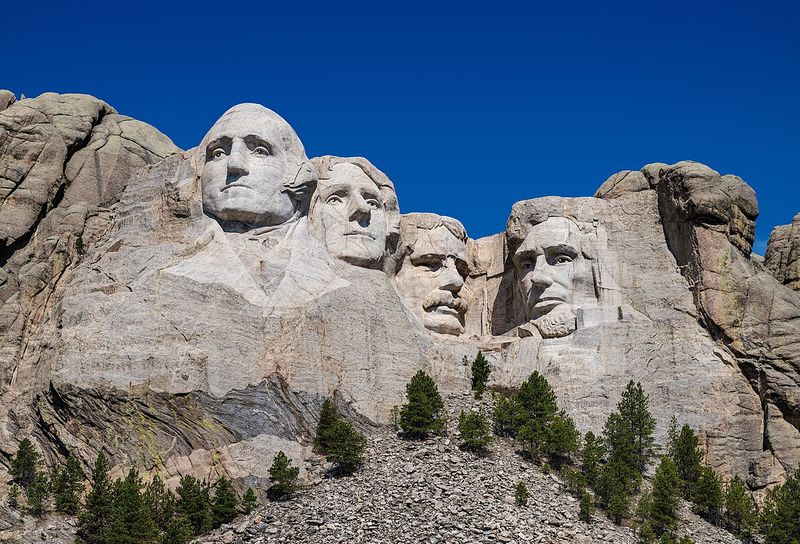
Before the presidents, this mountain was called Six Grandfathers – a place of prayer and power for the Lakota. The Black Hills were promised to the Sioux by the 1868 Treaty of Fort Laramie, then taken when gold fever and politics overran the ink.
For many Native families, Rushmore is not a symbol of freedom but of loss made permanent in stone. You’ll find interpretive panels, but the deeper story lives in voices you may not hear on the main terrace. Seek them out: cultural centers, Lakota artists, and guides who speak of land as relative, not resource.
Visiting with humility changes the air. Look past spectacle to the ridgelines and remember that reverence isn’t canceled by crowds – it’s a practice you carry with you.
Pride and Paradox: The Local Perspective

Talk to South Dakotans and you’ll hear two truths woven together. There’s pride in craftsmanship and the audacity of carving a national idea into granite. There’s also fatigue – summers clocked by gridlock, wages tied to whims of weather and gas prices, and a hometown distilled into a roadside brand. “We’re proud people,” a server might say, refilling your mug.
“But Rushmore’s not the South Dakota we know. It’s the one everyone else thinks we are.” The paradox is personal: loving a landscape that the world treats as a stage. If you’re traveling, step lightly into that tension.
Admire the monument, then ask where your dollars and attention can help keep the everyday South Dakota thriving after the tour buses roll on.
The Anticlimax Factor
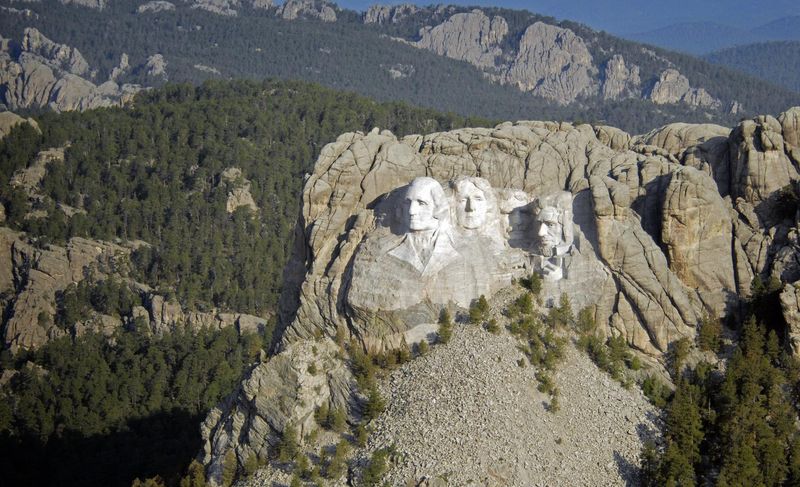
For many visitors, the first reaction is a whisper: “Is that it?” The monument can feel smaller than its myth, the faces farther away than your camera lens suggests. It photographs with drama, but in person the distance and crowds flatten emotion into checklist.
That doesn’t make it unworthy; it makes it human. Expectations balloon on the highway, then brush up against granite and logistics. Locals shrug at the letdown – not with contempt, but with the wisdom of repetition.
They’ll tell you to slow down, walk the Presidential Trail, and let the story sink past the selfie. Awe sometimes arrives sideways, in a breeze through pines or a hush at dusk, when the terrace thins and the mountain takes a longer breath.
A Conversation About Meaning

Rushmore is a mirror as much as a monument. You’ll see pride, sacrifice, and ambition – and also erasure, conflict, and the cost of nation-building. The story keeps shifting as more voices join it: park rangers reframing history, Indigenous leaders insisting on recognition, travelers asking better questions.
What does it mean when a place meant to unite can wound? Meaning isn’t a plaque; it’s a dialogue. Attend a ranger talk, read multiple accounts, and let competing truths coexist for a moment.
The mountain becomes less a postcard and more a classroom without walls, where discomfort is not a flaw but a compass. If you listen carefully, the granite speaks in layers – and you leave changed, not just checked-in.
Beyond Rushmore: What Locals Wish You’d See Instead
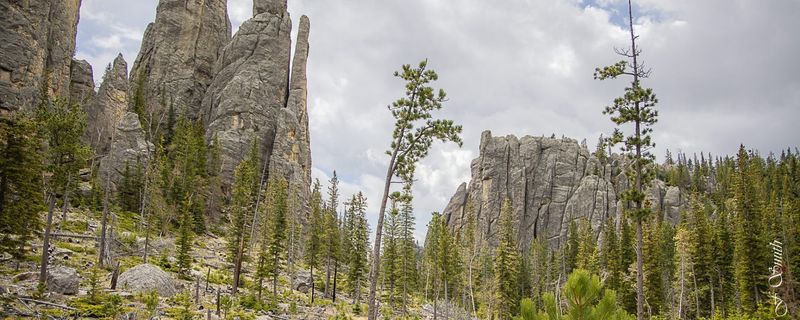
Ask locals where to find the soul of the Black Hills, and they’ll point your tires elsewhere. Thread the tunnels of Needles Highway, where granite spires pierce a sky so blue it startles. Wander Custer State Park at dawn as bison steam in meadow light.
Descend into Wind Cave, listening for the hush of ancient chambers. Consider the evolving story at the Crazy Horse Memorial, complex and imperfect like all living projects. These places breathe at a human pace.
You’ll meet fewer billboards, more silence, and the kind of beauty that doesn’t shout for attention. If Rushmore is the marquee, these are the chapters that make the book worth reading to the end.
What the Mountain Teaches Travelers
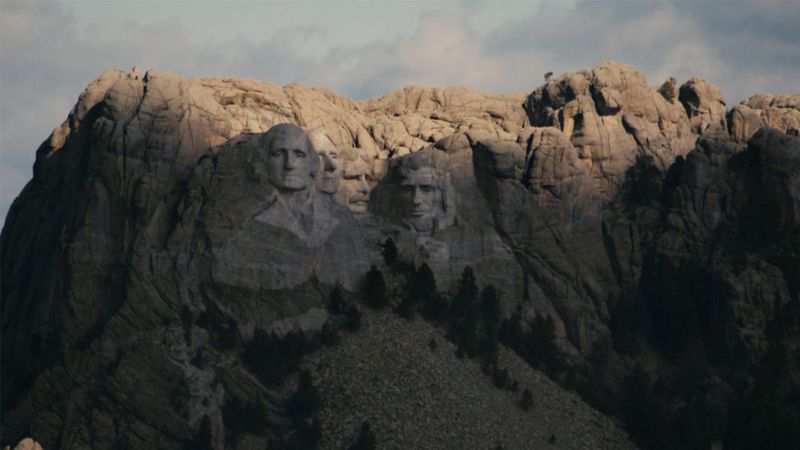
If you’re traveling through South Dakota, don’t just see the faces in the stone – listen for the stories beneath them. Rushmore is beauty and burden, pride and paradox, a landmark both celebrated and complicated by its own fame. Locals feel the weight; so does the land.
Let your visit be an act of attention: to history’s edges, to Indigenous voices, to the silence that still gathers between pines at dusk. Take the road back slowly. Notice how the sky opens and the granite fades to silhouette.
The monument won’t tell you what to think, but it might teach you how to look – with humility, curiosity, and care for the people who call these hills home.
Dear Reader: This page may contain affiliate links which may earn a commission if you click through and make a purchase. Our independent journalism is not influenced by any advertiser or commercial initiative unless it is clearly marked as sponsored content. As travel products change, please be sure to reconfirm all details and stay up to date with current events to ensure a safe and successful trip.